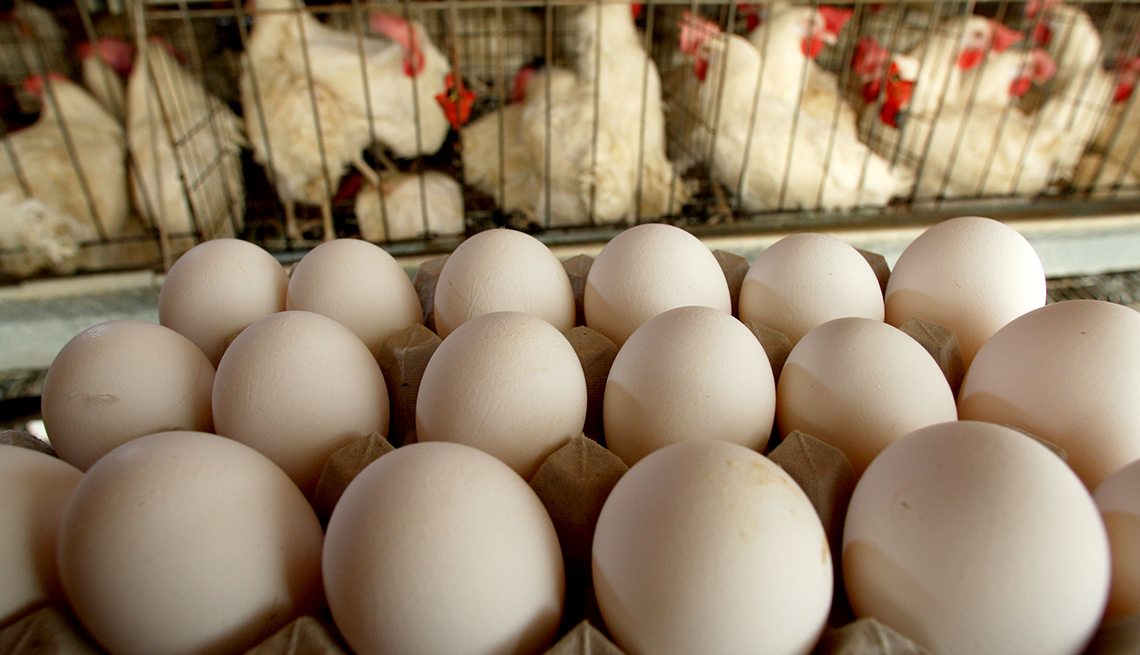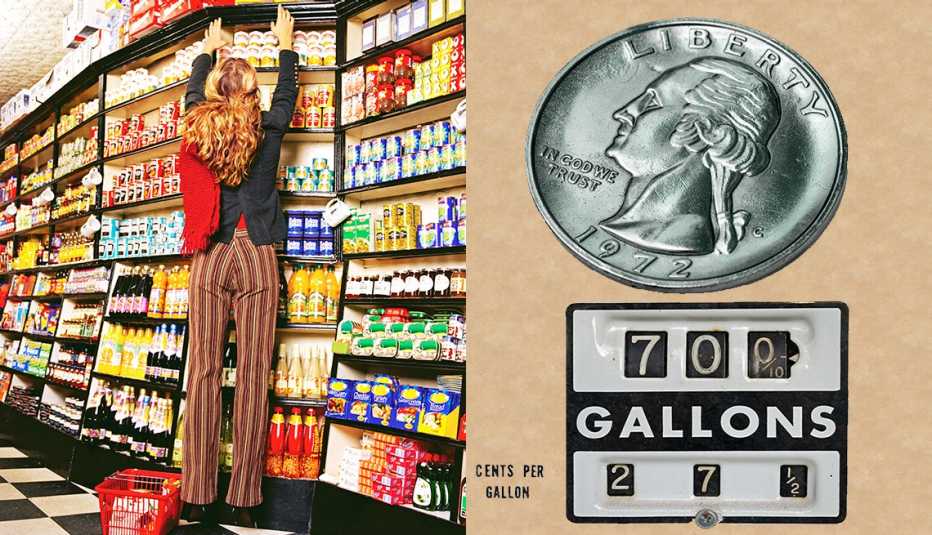Staying Fit
Inflation is easing, but you wouldn’t know it from a trip to the supermarket. While the consumer price index fell 0.1 percent in December from November, food prices rose 0.3 percent over the month. In the past year, food prices are up 10.4 percent, versus a 6.5 percent gain in overall prices. The culprits behind persistently high food prices: lingering supply chain problems and strong demand.
“It’s been kind of a perfect storm,” says Tom Bailey, a senior consumer food analyst at Rabobank. “Each food sector had problems, some very specific and others generalized,” that hit at the same time.


AARP Membership— $12 for your first year when you sign up for Automatic Renewal
Get instant access to members-only products and hundreds of discounts, a free second membership, and a subscription to AARP the Magazine.
Take eggs, for example. As of December, prices are up 59.9 percent over the past 12 months, the highest of all food items tracked by the consumer price index. A big reason is the avian flu. When it comes to chickens, the egg layers have a longer life cycle than the ones raised for meat. As a result, the chickens that produce eggs are more susceptible to avian flu outbreaks. A recent outbreak has been wreaking havoc on supply, which is driving prices higher.
“It’s a more persistent problem for layers versus birds that go into meat production,” Bailey says. Pricing may ease later in the year once supply catches up with demand, he adds.
Butter is another product that’s up double digits due to supply chain problems. Meanwhile, margarine prices have gone up due to the Ukraine war and high global freight, energy and fertilizer prices, according to Bailey. And lettuce is costing more because a disease outbreak has limited the supply. With all that in mind, here’s a look at five supermarket staples that are pricier in 2023, as well as how to save on your next trip to the grocery store.
1. Eggs
Average price: $4.25 per carton
Year-over-year increase: 59.9 percent
Ways to save: Savings are hard to come by when supply is low — which is the case for eggs. You’re not going to find discounts, buy-one, get-one-free deals and coupons, says Kristin McGrath, shopping expert with RetailMeNot. Short of not buying eggs or using a protein substitute, there aren’t ways to save, she adds.
2. Butter
Average price: $4.81 per pound
Year-over-year increase: 31.4 percent
Ways to save: Just like eggs, there are few ways to save on butter other than to use an alternative like margarine. While the cost of the latter is also up, it’s still cheaper than butter. “Butter is twice the price of margarine on a unit basis,” Bailey says. “At what point will consumers start saying ‘Put margarine on my toast’ again?”






































































